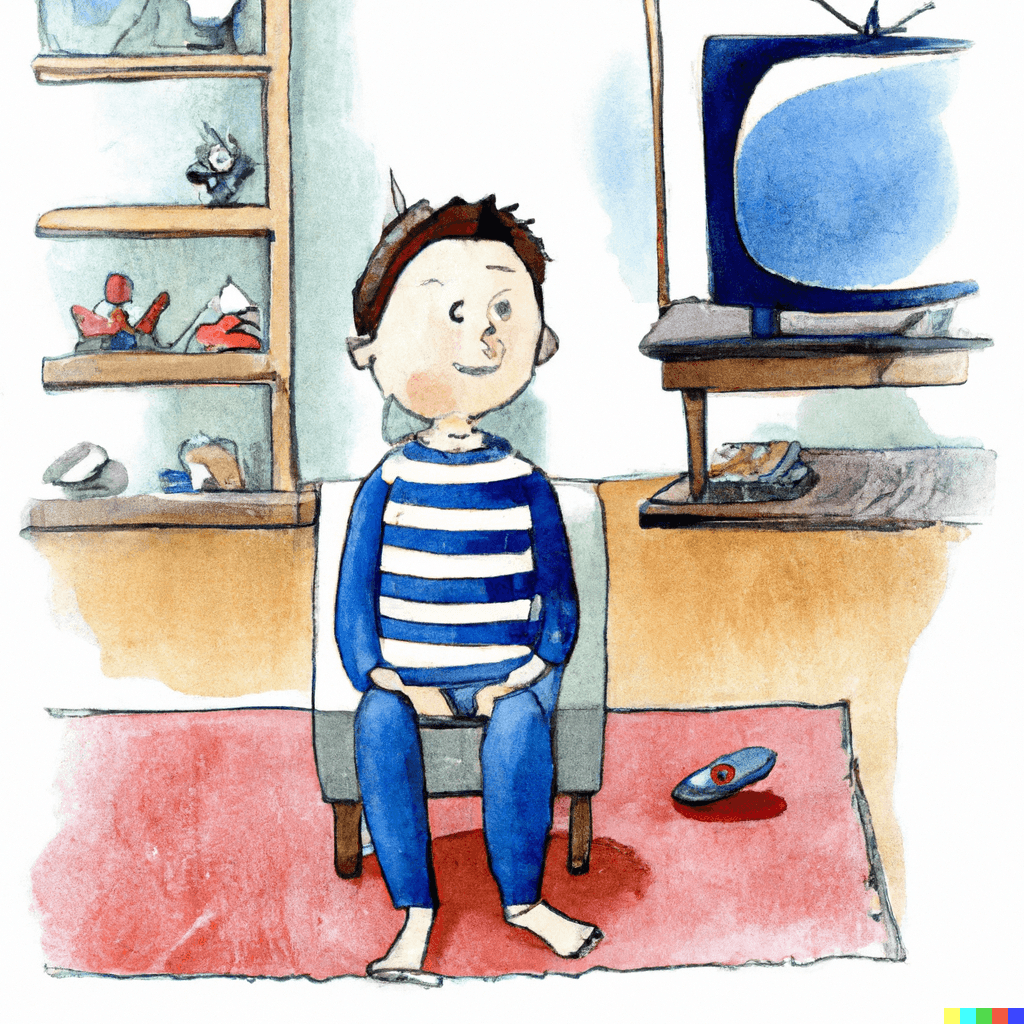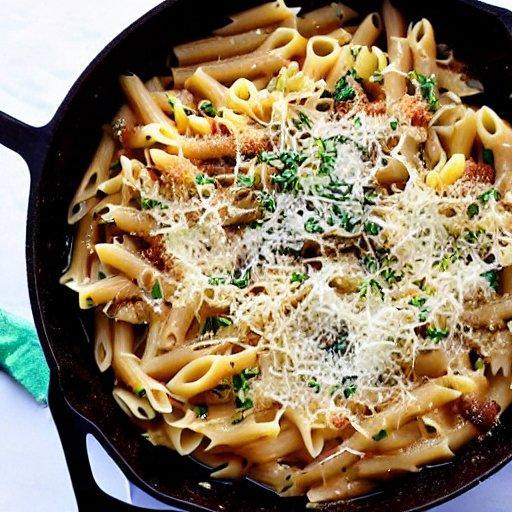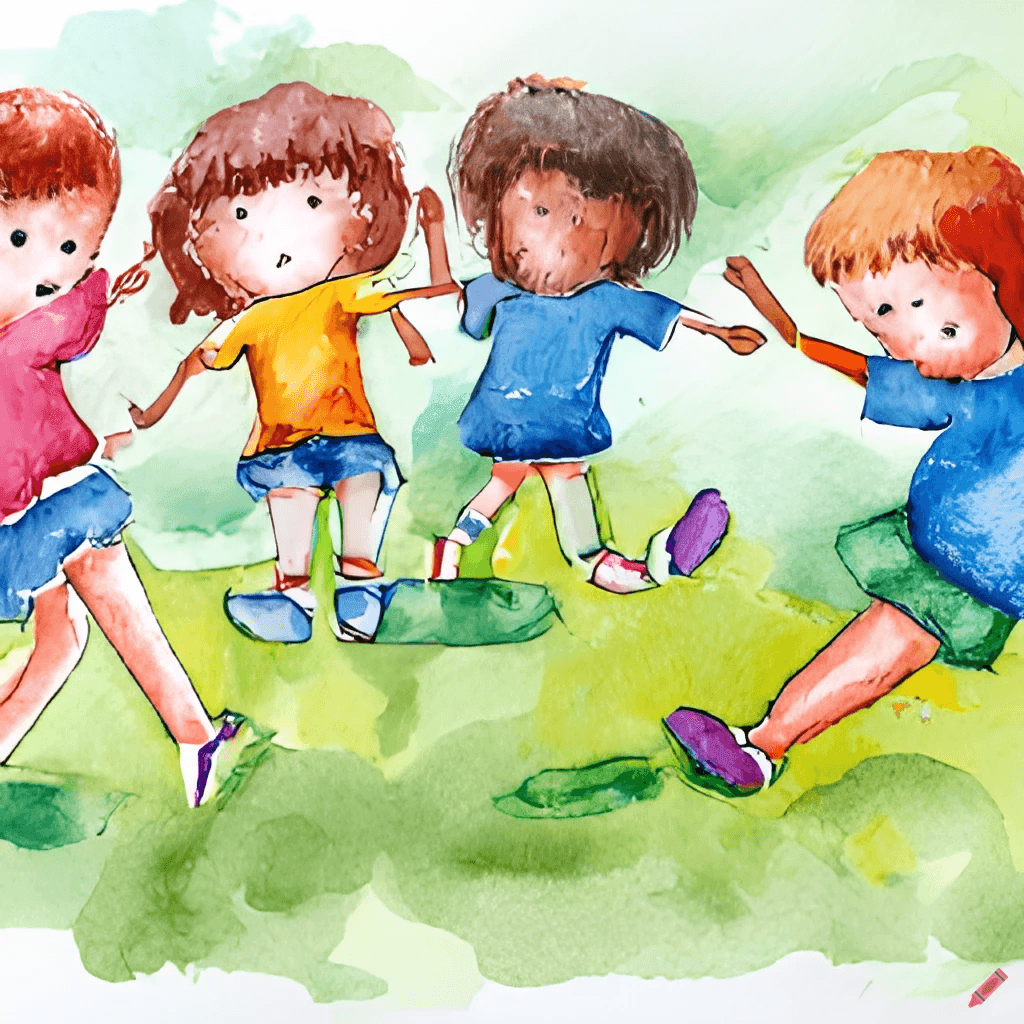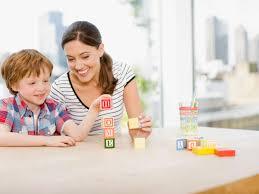As parents, our children's safety is our top priority. While we can't control everything, we can take steps to make our homes safer for our kids. In this article, we'll go over ten safety rules that you can implement in your home to help keep your kids safe.
Keep Poisonous Materials Out of Reach
Young children are naturally curious, and they like to explore their surroundings. Unfortunately, this can put them in danger if they come into contact with poisonous materials. To keep your kids safe, keep all poisonous materials, including cleaning supplies and medications, out of their reach.
Install Safety Gates
Safety gates can help prevent falls down stairs and restrict access to certain areas of the house. Install safety gates at the top and bottom of all staircases, and use them to block off any rooms or areas that you want to keep your kids out of.
Secure Furniture and TVs
Furniture and TVs can pose a serious danger if they're not properly secured. Anchor all furniture and TVs to the wall to prevent them from falling over and injuring your kids.
Keep Small Objects Out of Reach
Small objects, including toys and household items, can pose a choking hazard to young children. Keep all small objects out of their reach, and make sure that any toys you give them are age-appropriate and don't have small parts.
Teach Kids About Fire Safety
Teach your kids about fire safety and what to do in case of a fire. Make sure they know how to call 911, how to evacuate the house, and how to stop, drop, and roll if their clothes catch on fire.
Use Outlet Covers
Outlet covers can help prevent electrocution and keep your kids from playing with electrical outlets. Use outlet covers on all outlets that are within your child's reach.
Store Firearms Safely
If you have firearms in your home, it's important to store them safely. Keep them locked and unloaded, and store them separately from ammunition.
Use Carbon Monoxide Detectors
Carbon monoxide is a colorless, odorless gas that can be deadly if it builds up in your home. Install carbon monoxide detectors in your home to alert you if levels get too high.
Keep Sharp Objects Out of Reach
Sharp objects, including knives and scissors, can be dangerous for young children. Keep all sharp objects out of their reach and teach them the proper way to handle them when they're old enough.
Practice Water Safety
Drowning is a leading cause of death for young children, so it's important to practice water safety. Never leave your child unattended near water, including pools, hot tubs, and even bathtubs. Teach your child to swim as early as possible and always use proper safety equipment, such as life jackets, when boating or participating in water sports.
Conclusion
By implementing these ten safety rules, you can help make your home a safer place for your kids. Remember, no safety measure is foolproof, but taking steps to reduce the risk of accidents and injuries can give you peace of mind.







